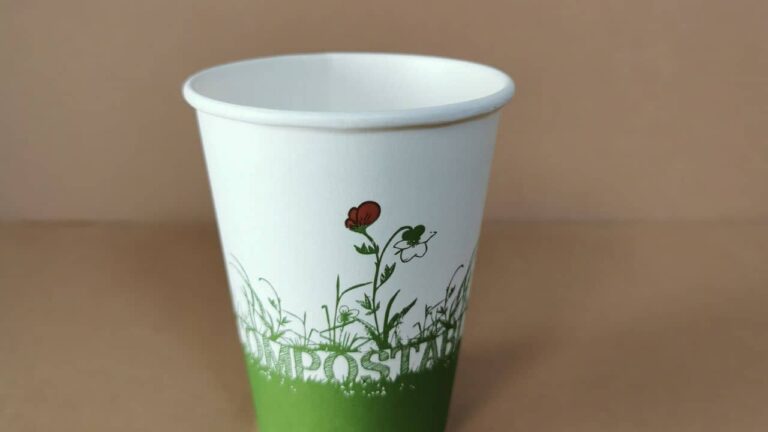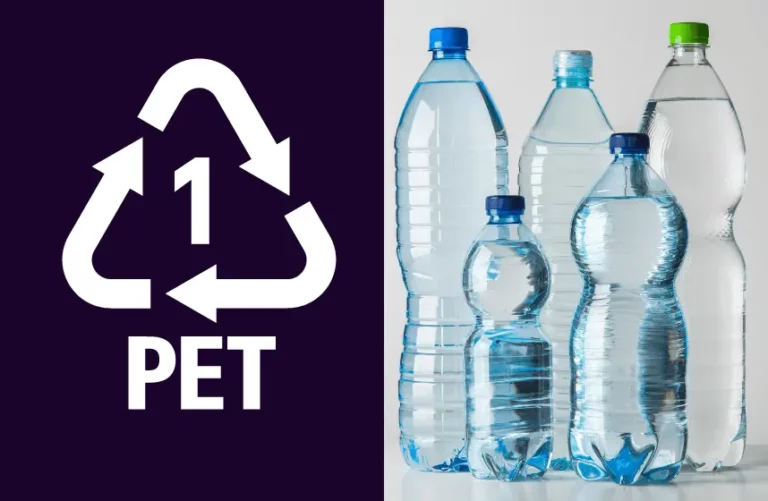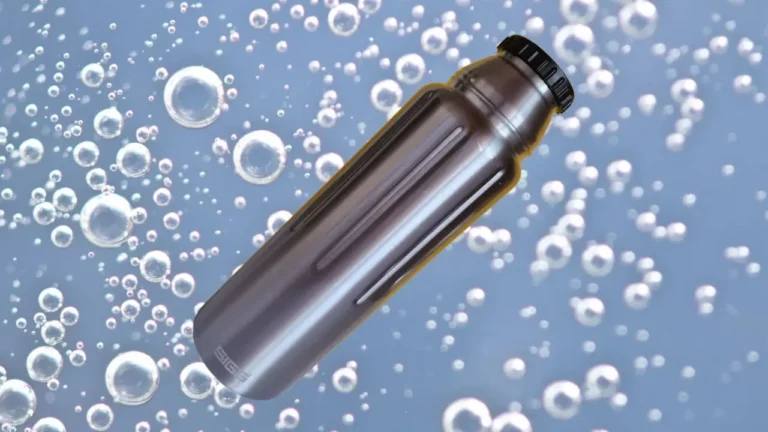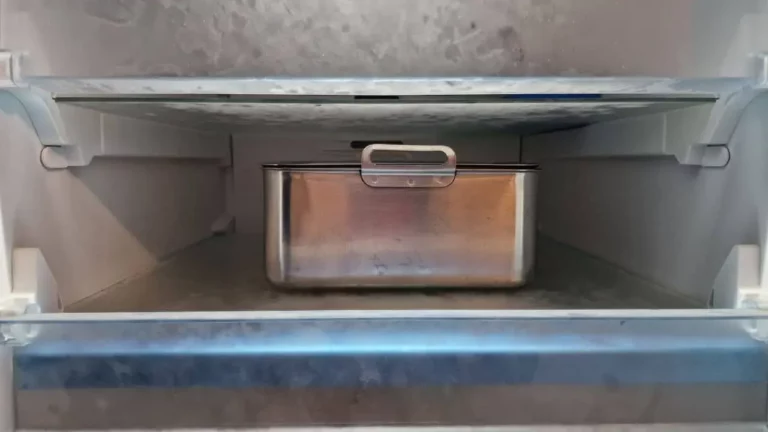Is it Good to Store Salt in Ceramic Pots (Solved & Explained)
Salt is one of the earliest materials used for food flavoring and preservation. If you use a large lot of this multipurpose substance, you should definitely know how to preserve it. Several methods exist to ensure that salt retains its original appearance and flavor. One of those techniques is storing salt in ceramic pots.
Indeed, it is a good idea to store salt in ceramic pots as opposed to plastic or metal containers due to the lack of harmful chemicals. Ceramic pots also have preservative properties to ensure the longevity of salt. Moreover, they do not cause any reaction with the salt that may lead to contamination.
Additionally, there are several other options for storing salt that will be explored within this article. However, before we look too deeply into containers, let’s understand if salt can go bad and why it should be stored.
Why Is it Good to Store Salt in Ceramic Pots?
When storing salt, one particular factor must be kept in mind – moisture must always stay away. Most ceramic pots that are food-safe are airtight containers. Therefore, once the salt is stored inside them, there’s no way for moisture to seep in.
Since moisture cannot intrude, you’ll be able to store salt for an extended period of time and prevent it from clumping. If you are storing pure salt, you’ll be able to keep it in a ceramic pot indefinitely without worrying about it being spoiled.
Ceramic pots also have an appealing aesthetic and are generally inexpensive. So, you’ll be able to keep your container filled with salt on a table top without it looking too out of place while also saving a pretty buck in the process.
Best Containers for Storing Salt
Now, let’s get down to business and talk about the best containers for storing salts. While there are many options, the best ones have been given below:
Ceramic Pots
Ceramic or clay containers are brilliant options. If sealed with a plastic lid, ceramic or clay vessels can securely store salt. The ceramic material is an excellent preservative and keeps germs, bacteria, and fungi at bay, making it suitable for storing food for an extended period.
You can read about the benefits of storing food in ceramic at the end of this article.
Glass Containers
Glass containers are another fine alternative, as long as they are sealed with a plastic top. It is always preferable to keep salt in an airtight glass jar and not face the dangers of plastic.
Airtight Containers
Plastic is not ideal for storing salt. However, you can still use a plastic container provided that salt is not directly placed within it. You can place the salt in its original packaging in the container. A plastic lid can be used to seal the container and keep moisture out.
Buckets
Buckets are excellent for storing huge quantities of salt. Salt can be dumped straight into the bucket, left in its original packing, or repackaged in bags. Buckets for salt storage are ideal since they are nearly unbreakable.
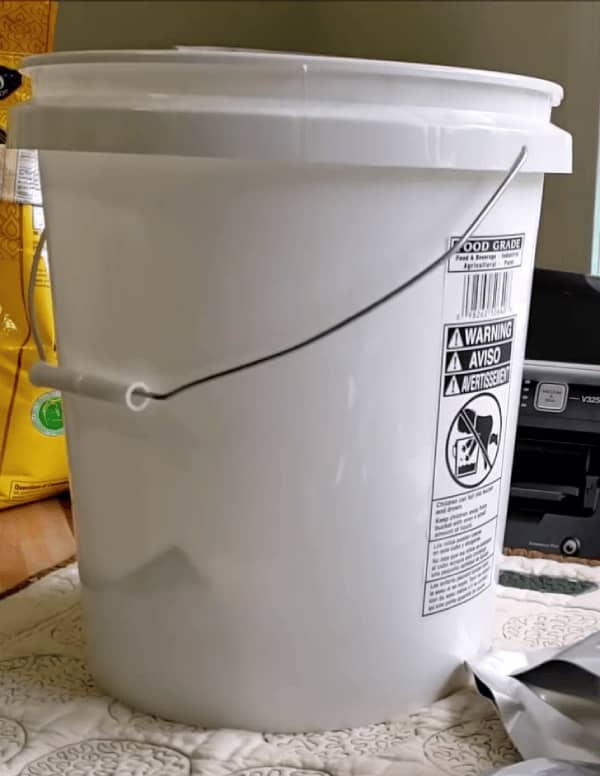
Unfortunately, buckets are not always totally watertight. If you live in a flood-prone area, you may need to take extra precautions.
Mylar Bags
Mylar is a metal-like substance that does not allow any air to pass through. This not only protects the salt from moisture but also keeps it secure from floods. When storing salt in Mylar bags (available on Amazon.com), you should not use oxygen absorbers. If you are not in a flood zone, standard zip bags would work just fine.
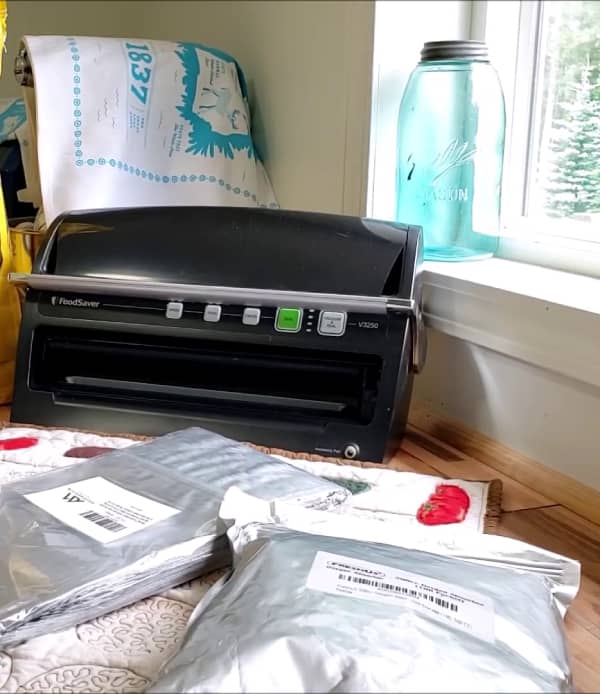
Mason Jars
Mason jars with two-piece lids provide a very tight seal. Mason jars are generally prone to breaking. However, the upside is that no amount of moisture can ever enter the jar. So, it’ll remain dry and won’t be clumped up. Because moisture cannot enter the jar, your salt will remain dry and clump-free. The disadvantage is that Mason jars are prone to breaking. If you reside in an earthquake-prone location, it may be preferable to store salt in plastic containers or buckets.
Can Salt Go Bad?
Salt does not spoil and can last indefinitely. Pure salt, such as sea salt or pink salt, never spoils. Because it has no additives, it will retain its flavor and potency over time. It has an unlimited shelf life if stored properly in dry and cold conditions.
However, many of the salts we buy, such as table salt, have chemicals such as iodine or anti-clumping agents. These might deteriorate with time and have a relatively limited shelf life. The salt will still remain edible, but it may lose its iodine content or become discolored.
Why Should You Store Salt?
Because salt is hygroscopic, it draws and absorbs water from its surroundings. As a result, keeping salt in a wet environment, such as a kitchen, causes it to clump. Cooking produces steam, and the odor impacts the texture and flavor of salt.
Even when the cardboard box is not opened, the salt storage collects moisture from the environment since it is not airtight. Even so, the salt is not “bad” and may be consumed. However, for longer shelf life and taste, salt should be stored securely.
No-Go Containers for Storing Salt
As previously stated, salt can absorb and store water from its surroundings. As a result, some salt storage methods should be avoided in order to keep salt from becoming clumpy and wet. Some containers may also contaminate the salt, making it harmful.
Here is a list of some containers to avoid and why:
| Container Type | Relevant Issue |
|---|---|
| Cardboard | Can let air, moisture, and stink into the salt. |
| Plastic | Will keep water and moisture out but the chemicals in the plastic can seep into salt. |
| Metal | Is unsafe because the container may corrode and contaminate the salt. |
More Storage Tips
Keeping salt away from moisture is the best method to store it. The salt storage container should not let water or wet in. The container should be able to remain sealed for an extended period of time without contaminating the salt or allowing moisture to enter.
Choose pure salt, free of iodine and additions, because it has the longest shelf life and may be used in a variety of ways.
Place salt in tight bags to keep it from moisture and in buckets to prevent it from physical harm.
Additionally, to keep the salt from clumping, store it in a shaker with a few grains of uncooked rice. Rice grains help absorb moisture. You could also use cloves, dried parsley leaves, or cloves!
Final Words
Seeing so many ways of storing salt can be overwhelming. However, glass and ceramic containers are the best possible options. They are cost-effective and taking additional measures such as keeping the salt in its original packing can help immensely.
The only time you will have to resort to a Mylar bag is if you live in a flood or hurricane-prone location. Otherwise, most methods will work.
Sources


